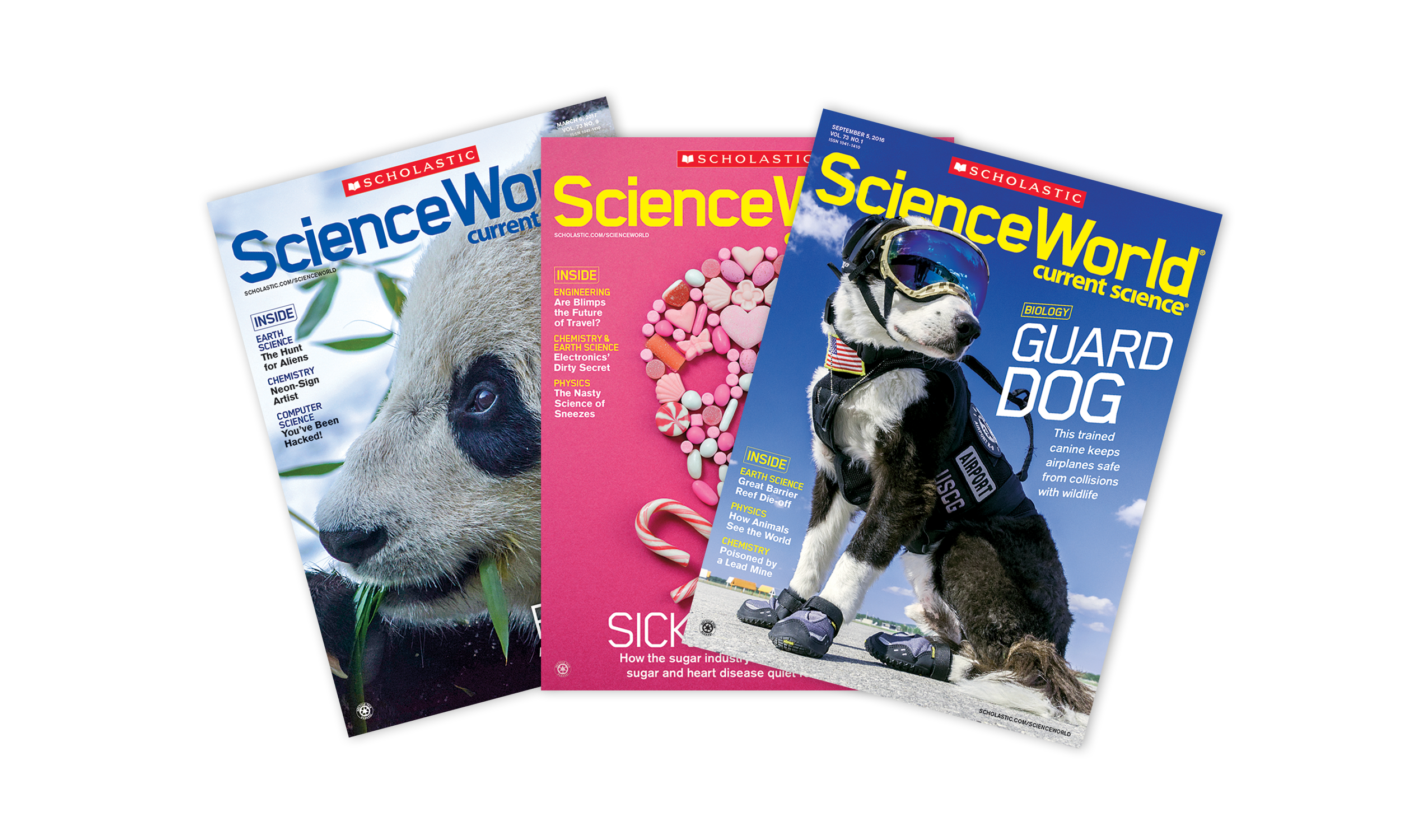The ninth and final episode of the Skywalker saga, Star Wars: The Rise of Skywalker, premieres in theaters this month. A lot has changed in the Star Wars universe since the series began in 1977. But, as always, fans can expect mind-blowing space battles, epic lightsaber duels, and out-of-this-world alien creatures. Of course, they’ll also see the return of some of Star Wars’ most popular robot characters—or droids, as they’re called in the films.
Star Wars: The Rise of Skywalker opens in theaters this month. It’s the ninth and final episode of the Skywalker story. The series began in 1977. A lot has changed in the Star Wars universe since then. But fans can still expect amazing space battles, impressive lightsaber fights, and out-of-this-world alien creatures. Of course, some of Star Wars’ most popular robot characters will also return. They’re called droids in the films.



